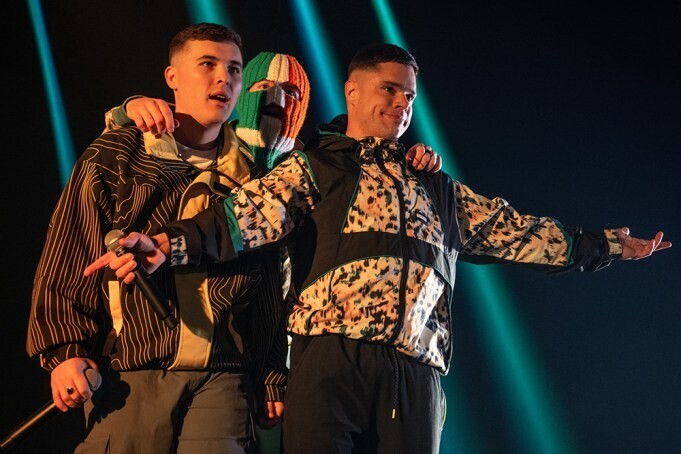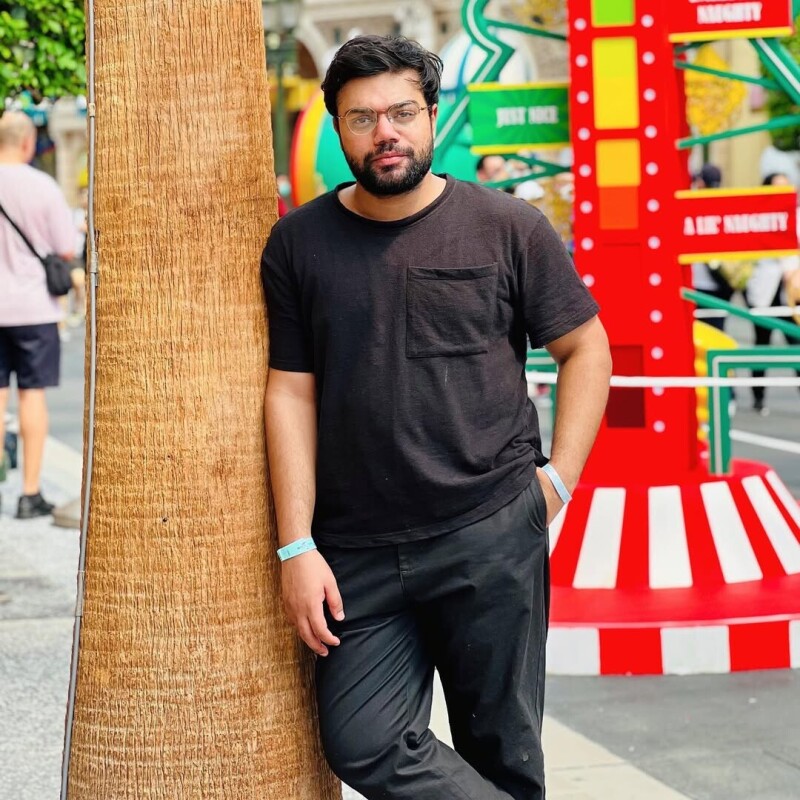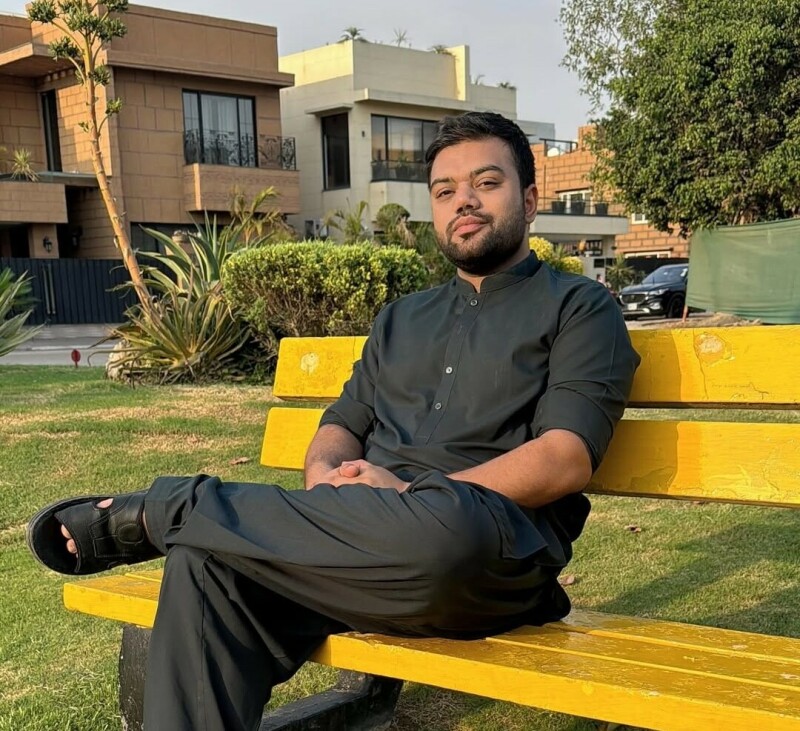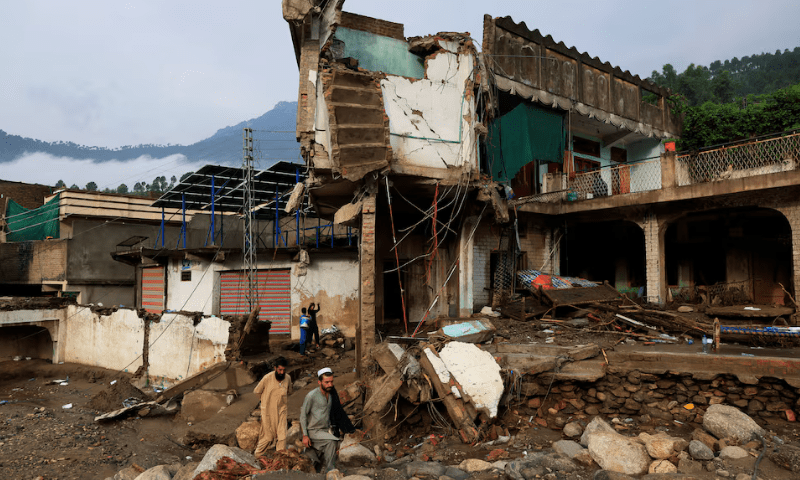Is antique jewellery making a comeback for Pakistani brides?
PIB Colony, Karachi may not make one think of royalty but step into New Al-Basit Jewellers, a small shop in the area, and you just might change your mind.
There, Mohammad Shoaib, displays piece after piece of jewellery that reminds one of the opulence of the Nizam of Hyderabad Deccan. While the princely state of Hyderabad and Berar no longer exist, its cultural influence can be seen in everything from food to fashion. Jewellery is no exception.
Shoaib proudly shows his collection of chokers and bracelets that he claims are more than 70 years old. With delicate designs of flowers, moons and stars made in gold, emerald and polki (unfinished natural diamond), one can see why antique jewellery has so many fans. The designs are so rare that the jeweller is reluctant to let us take photographs for fear that it might be copied and hence decrease the jewellery’s value — after all, part of the appeal for collectors desiring such pieces is their uniqueness.
"Earlier, craftsmen would spend a year making one [heavy] set. Now they make three to four sets in a year so their work is not as polished." — Faisal Qureshi of Maheen Jewellers
Other pieces that stand out at Al-Basit’s include ball-chain necklaces and coin jewellery. According to Shoaib, they recently sold a 100-year-old necklace made from original Nizam of Hyderabad coins. Judging by the 15-year-old Char Minar-coin necklace we were shown, the Nizam coin necklace must have been very striking, indeed.
Shoaib says most of his customers come especially for the classic Hyderabadi-style jewellery such as Jugni jewellery, Jadavi Lacha and Karan Phool. “The new generation of Hyderabadis aren’t that interested [in Hyderabadi jewellery]. Most people who come to me are from the Hyderabadi community. I also have many customers who live abroad and come especially looking for [this kind of] jewellery.”
While for some it is about getting something unique or classic, for others it is about tradition. One of the customers at the shop who was buying a bridal set for her daughter-in-law says it is about aesthetics. “Usually for weddings, people wear red so Hyderabadi jewellery doesn’t suit it that much. But with a Hyderabadi wedding dress only Hyderabadi jewellery looks nice.”

According to Faisal Qureshi of Maheen Jewellers, a chain of jewellery stores located in Karachi that also deals in antique jewellery, classical designs are back in vogue. “Around 50 percent of my customers buy antique jewellery,” he says. Its popularity, Qureshi emphasises, has to do with how rare such designs are now. “Even if I wanted to, some of these designs can no longer be made. I took an order recently to make a copy of an antique kundan set. I returned the deposit to the customer after six months because the karigar [craftsmen] couldn’t set it.”
The fine work and intricate design is also part of the appeal. Now, Qureshi points out, the karigars don’t spend as much time in carving and setting the stones. “Earlier, the craftsmen would spend a year making one [heavy] set. Now they make three to four sets in a year so their work is not as polished.”
"Antique jewellery often has a mix of gold and silver and it’s hard to determine the weight of gold in it. Jewellery is seen as an investment, especially when it comes to bridal sets, so people still prefer traditional designs in gold." — Hadi Jaffer of Juwelen
However, Hadi Jaffer, a second-generation jeweller who manages his family business Juwelen, says that the current demand for antique designs is based on who is buying it. “I’d say it’s 50-50. Many jewellery designers that are popular right now do use motifs you’d find in antique jewellery such as birds, flowers and peacocks but that trend is more common in artificial jewellery, not gold jewellery,” he points out.
Jaffer also argues that when people are buying bridal jewellery in Pakistan, they’re looking not just for something aesthetically pleasing but something that’s a financial investment. “Antique jewellery often has a mix of gold and silver in it and it’s often hard to determine the weight of gold in it. The middle class see jewellery as an investment, so especially when it comes to bridal sets, people still prefer traditional designs in gold.”
This is aside from the fact that antique jewellery in good condition and with a rare design can be expensive — if one considers that the pricing doesn’t include labour or gemstones, just the cost of the estimated weight of gold in the pieces. A 70-year-old nine-karat gold and almas (sapphire shavings) pukhraj (bracelet) for instance, can set you back 150,000 rupees.
So antique jewellery is more for those looking for something different and who have the cash to spare for such luxuries. But then again, if you can’t afford to splurge a lakh or two and still want to look fashionable, there’s always grandma’s jewellery box to go through.
Originally published in Dawn, EOS, January 28th, 2018














Comments